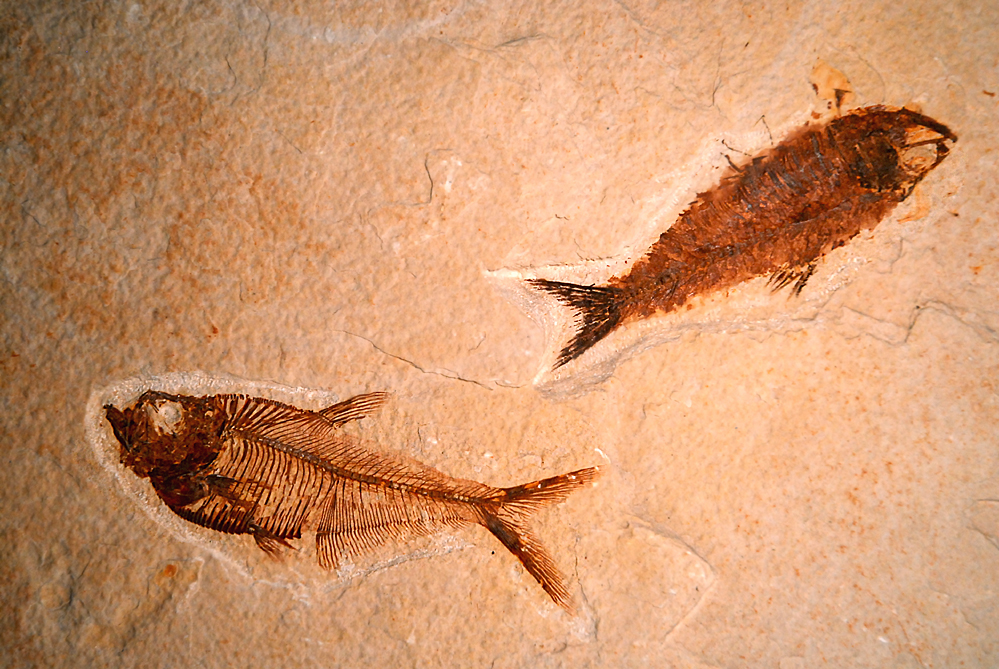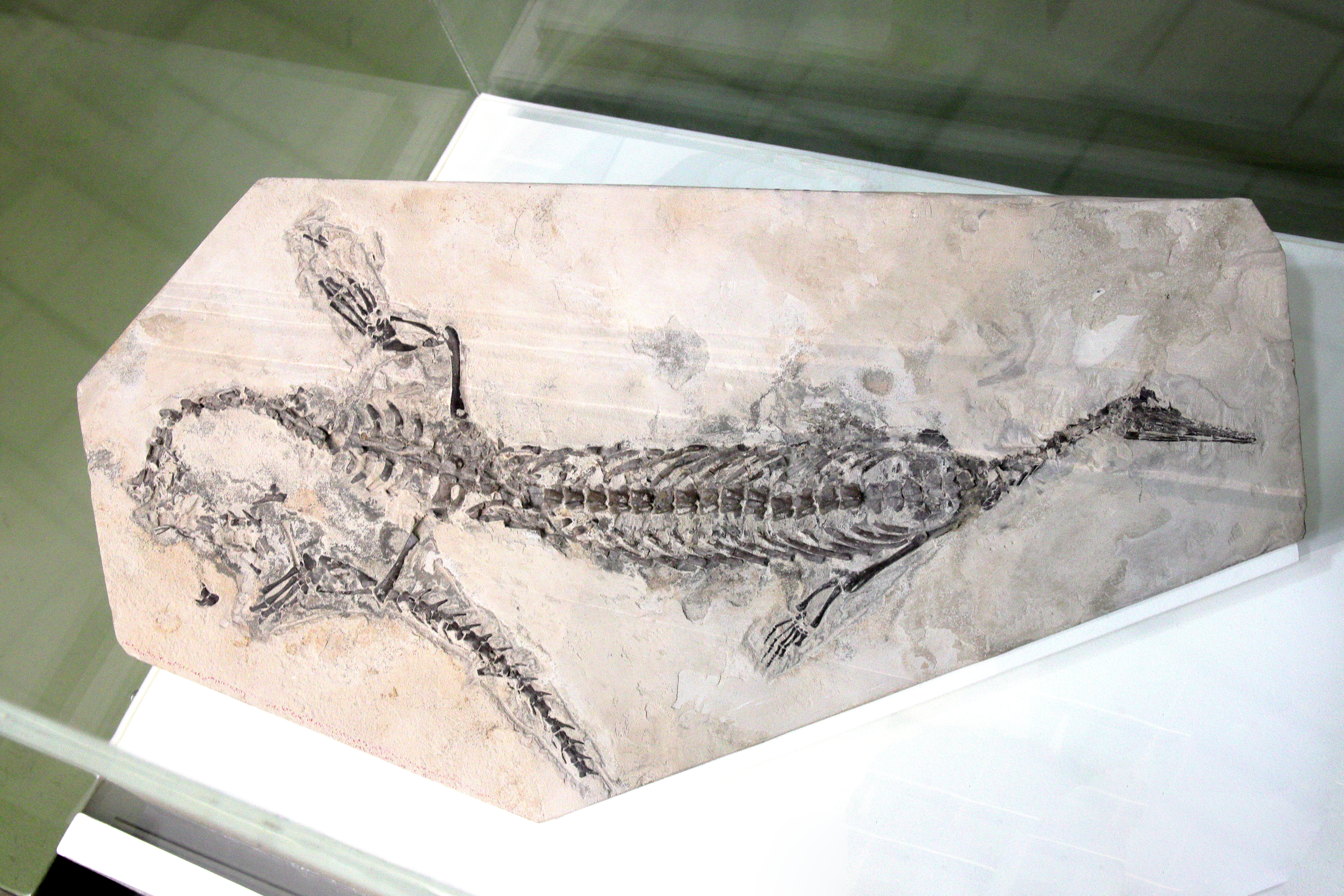|
Mangrullo Formation
The Mangrullo Formation is an Early Permian (Artinskian) fossiliferous geological formation in northeastern Uruguay.Mangrullo Formation at Fossilworks.orgMangrullo Member at Fossilworks.org Some authors alternatively group it together with the [...More Info...] [...Related Items...] OR: [Wikipedia] [Google] [Baidu] |
Geological Formation
A geological formation, or simply formation, is a body of rock having a consistent set of physical characteristics ( lithology) that distinguishes it from adjacent bodies of rock, and which occupies a particular position in the layers of rock exposed in a geographical region (the stratigraphic column). It is the fundamental unit of lithostratigraphy, the study of strata or rock layers. A formation must be large enough that it can be mapped at the surface or traced in the subsurface. Formations are otherwise not defined by the thickness of their rock strata, which can vary widely. They are usually, but not universally, tabular in form. They may consist of a single lithology (rock type), or of alternating beds of two or more lithologies, or even a heterogeneous mixture of lithologies, so long as this distinguishes them from adjacent bodies of rock. The concept of a geologic formation goes back to the beginnings of modern scientific geology. The term was used by Abraham Gottlob Wer ... [...More Info...] [...Related Items...] OR: [Wikipedia] [Google] [Baidu] |
Fossilworks
Fossilworks is a portal which provides query, download, and analysis tools to facilitate access to the Paleobiology Database The Paleobiology Database is an online resource for information on the distribution and classification of fossil animals, plants, and microorganisms. History The Paleobiology Database (PBDB) originated in the NCEAS-funded Phanerozoic Marine Pale ..., a large relational database assembled by hundreds of paleontologists from around the world. History Fossilworks was created in 1998 by John Alroy and is housed at Macquarie University. It includes many analysis and data visualization tools formerly included in the Paleobiology Database.{{cite web, title=Frequently asked questions, url=http://www.fossilworks.org/cgi-bin/bridge.pl?page=FAQ, publisher=Fossilworks, access-date=17 December 2021 References {{Reflist External links {{Wikidata property, P842 * [Baidu] |
Radiometric Dating
Radiometric dating, radioactive dating or radioisotope dating is a technique which is used to date materials such as rocks or carbon, in which trace radioactive impurities were selectively incorporated when they were formed. The method compares the abundance of a naturally occurring radioactive isotope within the material to the abundance of its decay products, which form at a known constant rate of decay. The use of radiometric dating was first published in 1907 by Bertram Boltwood and is now the principal source of information about the absolute age of rocks and other geological features, including the age of fossilized life forms or the age of Earth itself, and can also be used to date a wide range of natural and man-made materials. Together with stratigraphic principles, radiometric dating methods are used in geochronology to establish the geologic time scale. Among the best-known techniques are radiocarbon dating, potassium–argon dating and uranium–lead dating. By al ... [...More Info...] [...Related Items...] OR: [Wikipedia] [Google] [Baidu] |
Sedimentary Basin
Sedimentary basins are region-scale depressions of the Earth's crust where subsidence has occurred and a thick sequence of sediments have accumulated to form a large three-dimensional body of sedimentary rock. They form when long-term subsidence creates a regional depression that provides Accommodation (geology), accommodation space for accumulation of sediments. Over millions or tens or hundreds of millions of years the deposition of sediment, primarily gravity-driven transportation of water-borne eroded material, acts to fill the depression. As the sediments are buried, they are subject to increasing pressure and begin the processes of compaction (geology), compaction and lithification that transform them into sedimentary rock. Sedimentary basins are created by deformation of Earth's lithosphere in diverse geological settings, usually as a result of plate tectonics, plate tectonic activity. Mechanisms of crustal deformation that lead to subsidence and sedimentary basin formati ... [...More Info...] [...Related Items...] OR: [Wikipedia] [Google] [Baidu] |
Embryo
An embryo is an initial stage of development of a multicellular organism. In organisms that reproduce sexually, embryonic development is the part of the life cycle that begins just after fertilization of the female egg cell by the male sperm cell. The resulting fusion of these two cells produces a single-celled zygote that undergoes many cell divisions that produce cells known as blastomeres. The blastomeres are arranged as a solid ball that when reaching a certain size, called a morula, takes in fluid to create a cavity called a blastocoel. The structure is then termed a blastula, or a blastocyst in mammals. The mammalian blastocyst hatches before implantating into the endometrial lining of the womb. Once implanted the embryo will continue its development through the next stages of gastrulation, neurulation, and organogenesis. Gastrulation is the formation of the three germ layers that will form all of the different parts of the body. Neurulation forms the nervous ... [...More Info...] [...Related Items...] OR: [Wikipedia] [Google] [Baidu] |
Amniote
Amniotes are a clade of tetrapod vertebrates that comprises sauropsids (including all reptiles and birds, and extinct parareptiles and non-avian dinosaurs) and synapsids (including pelycosaurs and therapsids such as mammals). They are distinguished from the other tetrapod clade — the amphibians — by the development of three extraembryonic membranes ( amnion for embryoic protection, chorion for gas exchange, and allantois for metabolic waste disposal or storage), thicker and more keratinized skin, and costal respiration (breathing by expanding/constricting the rib cage). All three main features listed above, namely the presence of an amniotic buffer, water-impermeable cutes and a robust respiratory system, are very important for amniotes to live on land as true terrestrial animals – the ability to reproduce in locations away from water bodies, better homeostasis in drier environments, and more efficient air respiration to power terrestrial locomotions, although the ... [...More Info...] [...Related Items...] OR: [Wikipedia] [Google] [Baidu] |
South America
South America is a continent entirely in the Western Hemisphere and mostly in the Southern Hemisphere, with a relatively small portion in the Northern Hemisphere at the northern tip of the continent. It can also be described as the southern subregion of a single continent called America. South America is bordered on the west by the Pacific Ocean and on the north and east by the Atlantic Ocean; North America and the Caribbean Sea lie to the northwest. The continent generally includes twelve sovereign states: Argentina, Bolivia, Brazil, Chile, Colombia, Ecuador, Guyana, Paraguay, Peru, Suriname, Uruguay, and Venezuela; two dependent territories: the Falkland Islands and South Georgia and the South Sandwich Islands; and one internal territory: French Guiana. In addition, the ABC islands of the Kingdom of the Netherlands, Ascension Island (dependency of Saint Helena, Ascension and Tristan da Cunha, a British Overseas Territory), Bouvet Island ( dependency of Norway), Pa ... [...More Info...] [...Related Items...] OR: [Wikipedia] [Google] [Baidu] |
Lagerstätte
A Lagerstätte (, from ''Lager'' 'storage, lair' '' Stätte'' 'place'; plural ''Lagerstätten'') is a sedimentary deposit that exhibits extraordinary fossils with exceptional preservation—sometimes including preserved soft tissues. These formations may have resulted from carcass burial in an anoxic environment with minimal bacteria, thus delaying the decomposition of both gross and fine biological features until long after a durable impression was created in the surrounding matrix. ''Lagerstätten'' span geological time from the Neoproterozoic era to the present. Worldwide, some of the best examples of near-perfect fossilization are the Cambrian Maotianshan shales and Burgess Shale, the Silurian Waukesha Biota, the Devonian Hunsrück Slates and Gogo Formation, the Carboniferous Mazon Creek, the Jurassic Posidonia Shale and Solnhofen Limestone, the Cretaceous Yixian, Santana, and Agua Nueva formations, the Eocene Green River Formation, the Miocene Foulden Maar and Ashfall F ... [...More Info...] [...Related Items...] OR: [Wikipedia] [Google] [Baidu] |
Fossil
A fossil (from Classical Latin , ) is any preserved remains, impression, or trace of any once-living thing from a past geological age. Examples include bones, shells, exoskeletons, stone imprints of animals or microbes, objects preserved in amber, hair, petrified wood and DNA remnants. The totality of fossils is known as the ''fossil record''. Paleontology is the study of fossils: their age, method of formation, and evolutionary significance. Specimens are usually considered to be fossils if they are over 10,000 years old. The oldest fossils are around 3.48 billion years old to 4.1 billion years old. Early edition, published online before print. The observation in the 19th century that certain fossils were associated with certain rock strata led to the recognition of a geological timescale and the relative ages of different fossils. The development of radiometric dating techniques in the early 20th century allowed scientists to quantitatively measure the ... [...More Info...] [...Related Items...] OR: [Wikipedia] [Google] [Baidu] |
Mesosaur
Mesosaurs ("middle lizards") were a group of small aquatic reptiles that lived during the early Permian period, roughly 299 to 270 million years ago. Mesosaurs were the first known aquatic reptiles, having apparently returned to an aquatic lifestyle from more terrestrial ancestors. It is uncertain which and how many terrestrial traits these ancestors displayed; recent research cannot establish with confidence if the first amniotes were fully terrestrial, or only amphibious. Most authors consider mesosaurs to have been aquatic, although adult animals may have been amphibious, rather than completely aquatic, as indicated by their moderate skeletal adaptations to a semiaquatic lifestyle.Pablo Nuñez Demarco et al. Was Mesosaurus a Fully Aquatic Reptile? Front. Ecol. Evol, published online July 27, 2018; doi: 10.3389/fevo.2018.00109 Similarly, their affinities are uncertain; they may have been among the most basal sauropsids or among the most basal parareptiles (in the case of whic ... [...More Info...] [...Related Items...] OR: [Wikipedia] [Google] [Baidu] |
Whitehill Formation
The Whitehill Formation, alternatively written as White Hill Formation and formerly known as White Band or Whitehill or White Hill Member, is a regional Early Permian (Artinskian to Kungurian, dating to around 282 to 275 Ma) geologic formation belonging to the Ecca Group in the southeastern ǁKaras Region of southeastern Namibia and Eastern, Northern and Western Cape provinces of South Africa. The formation comprises black shales, mudstones, siltstones, dolomite beds, gypsum and halite layers and a layer of tuff within the formation. With a thickness between and present in an area of , the formation is considered the primary target for shale gas potential in the Southern Karoo. Total Organic Carbon (TOC) values average 4.5% with a range from 0.5 to 14.7%, placing the formation in the same range as the well-known Barnett Shale and Marcellus Formation of the United States. The Whitehill Formation of the Karoo and Nama or Kalahari Basin is contemporaneous with the Huab Formation ... [...More Info...] [...Related Items...] OR: [Wikipedia] [Google] [Baidu] |
Irati Formation
Irati Formation is the name of a geological formation of the Paraná Basin in Brazil. It has previously been dated as Late Permian using palynomorphs, but is now dated as Early Permian using zircon ages obtained from bentonite layers. The base of the formation has been dated at 278.4 ± 2.2 Ma.Da Costa, 2015, p.28Ventura Santos et al., 2006 Exposures of the Irati Formation are to be found in the South (Geopark of Paleorrota), southeastern Brazil and in the states of Goiás, Mato Grosso, São Paulo, Paraná, Santa Catarina, Rio Grande do Sul and Mato Grosso do Sul. The formation is part of the Passa Dios Group, underlying the Serra Alta Formation and overlying the Palermo Formation. The formation has been deposited in a restricted marine environment.Diduch, 2011, p.21 The Irati Formation, with a maximum thickness of , was defined and named by White in 1908.Da Costa, 2015, p.12 Fossil content The formation is particularly famous for the occurrences of the mesosaurs '' Mesosa ... [...More Info...] [...Related Items...] OR: [Wikipedia] [Google] [Baidu] |



.jpg)




